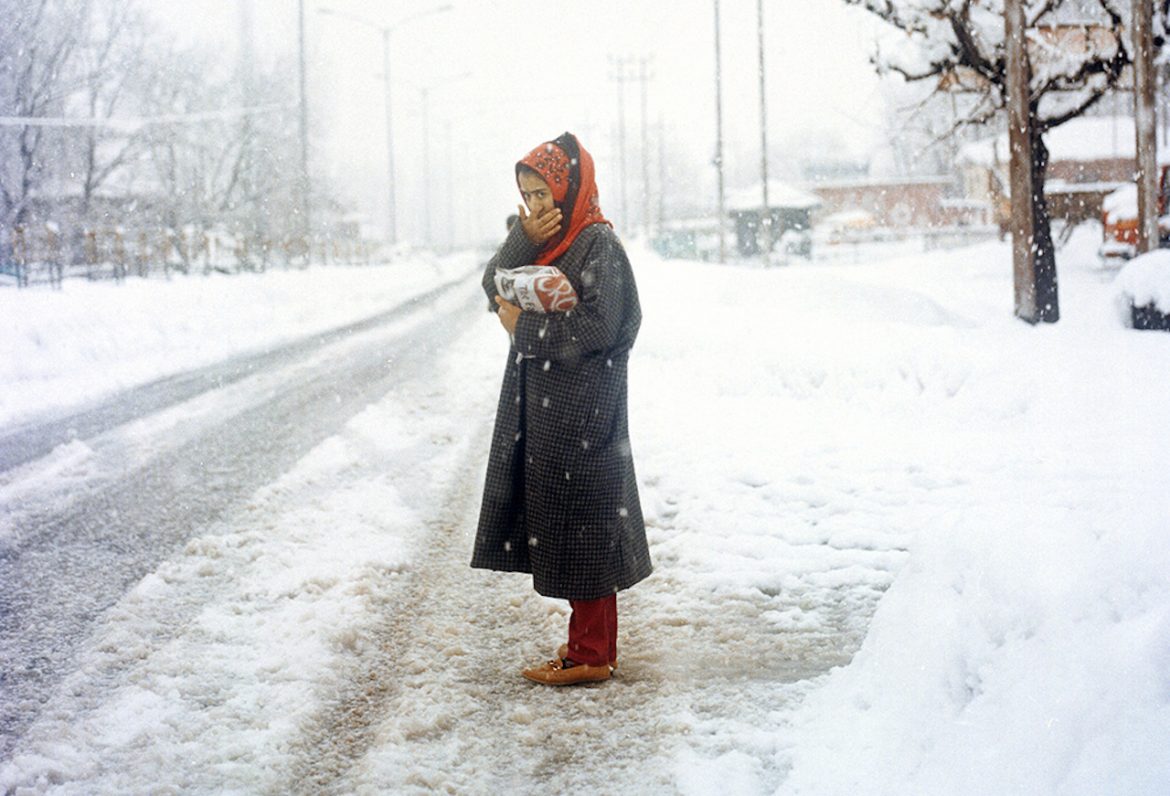Ruthie Collins, founder of Cambridge Art Salon, gives her arty picks of the month
It’s a new year. Time to start with bold new intentions. Time to ‘live the changes we want to see in the world’ as Ghandhi said. Cambridge is home to some of the worst levels of inequality in the UK, but those most impacted are often the least heard. If that feels like you, then make this the year you speak out. In a fantastic initiative from Cambridge Commons and environmental arts organisation, Pivotal, those impacted by inequality are invited to come along to a storytelling workshop led by Glenys Newton and Jill Eastland on 4 and 8 January. True Stories for Change will be held in the Escape community room, one of the new units that have been opened up for community use in the Grafton.
This initiative is part of a broader project inviting local residents experiencing inequality to work with artists, to produce a public and visual response to the social divide in the city. Cambridge Commons has regular meetups to try and address ‘social inequalities as our overriding priority’ – a forward thinking, much-needed initiative. For more information on Cambridge Commons, check thecambridgecommons.org. Those attending the workshops may spot a text I wrote last year, The Cambridge ABC of Inequality, which narrates the first-person story of a young family made homeless by skyrocketing rents in the city – a very personal piece that took me back to the Cambridge city council housing I lived in as a kid. It’s easy to become desensitised to stories of displacement or inequality when they are shrouded in anonymous statistics, but by encouraging people to give voice – with art as a vital platform – we gain urgent catalysts for change.
Notions of home, real and imagined, permeate our modern world, increasingly defined and inflamed by borders and boundaries. Showing at Kettle’s Yard until 2 February, Homelands: Art from Bangladesh, India and Pakistan is a boldly curated show that explores displacement, migration and sometimes violent divide in South Asia. It’s notable particularly for its sheer range, exploring these stories with installation, mixed media, film and photography, and comes with its own warning: on entry, one of the pieces produces a ‘loud noise’. On finding Shilpa Gupta’s Song of the Ground Stones, you’d be forgiven for marvelling at its poetic tranquillity. Until the two stones collide. The sound is violent and unpredictable, hinting at simmering tensions, released only with sudden shocks.
Highlights of the show also include a new series of paintings by Desmond Lazaro, created in partnership with Cambridge individuals and families who have experienced displacement and resettled in the city, the first time the artist has worked with archives that are not his own family’s. Iftikhar Dadi and Elizabeth Dadi’s neon sculptures of national flowers, part of Efflorescence, are a gaudy, visual treat for this time of year, too, subverting commercial signage to explore national identity. Accompanying the show, do have a look at the texts in the catalogue, which give further insights.
While Britain’s colonial past is not explicitly represented in Homelands, there’s an alternative perspective on this theme to be found upstairs in the Edlis Neeson Research Space, at the exhibition Jim Ede and India. Ede (founder and original owner of Kettle’s Yard) spent a transformative time travelling through India between 1917 and 1919, and described it as giving him the most ‘reverberations of any period’. There are also related objects throughout the house with stories of their own – including a Tibetan yak bell, placed by Ede above the front door.
Finally this season, those looking to start the new year with a celebration of one of the UK’s leading performing arts venues, look no further than Lost Nights and Love Songs, a project marking Cambridge Junction’s 30th anniversary this year. I love going to Warning, the UK’s longest running drum and bass night, at Cambridge Junction – so long running, it’s become intergenerational!
It’s perhaps little known, however, that Cambridge Junction has its roots in riots, raves and rebellion in the city in response to there being little for ‘town’ young people to do in the 1980s (yes, this even resulted in an overturned police van). Do you have memories of Cambridge Junction that you can share? Have you ever wanted to know how it got its name? Then get involved. There is an active Facebook community sharing thoughts, check #LostNightsAndLoveSongs (what a fab name), or follow the links here, junction.co.uk/lost-nights. Have a fabulous New Year, all.

